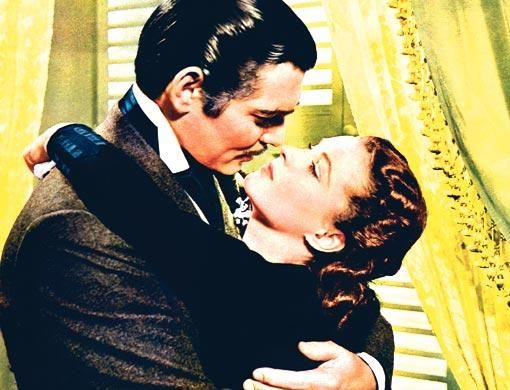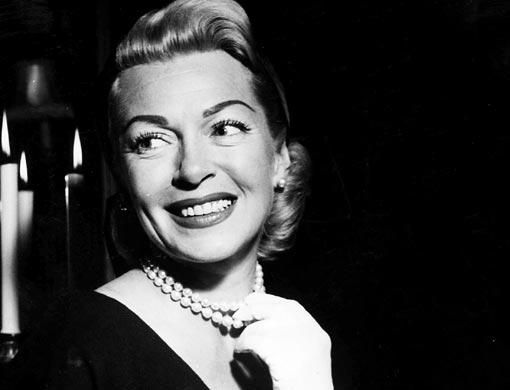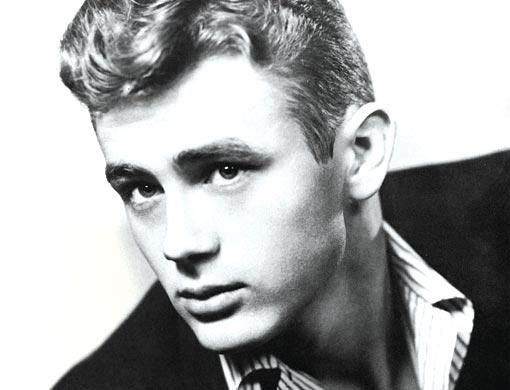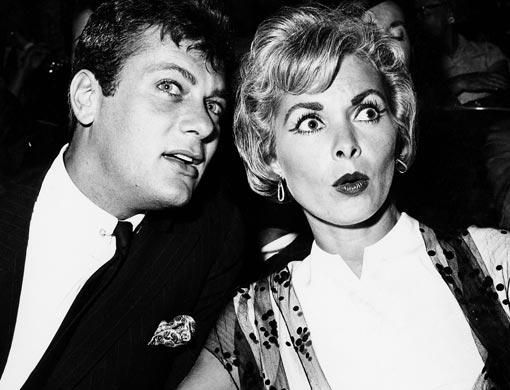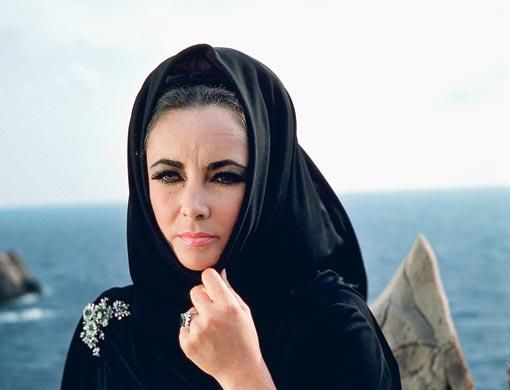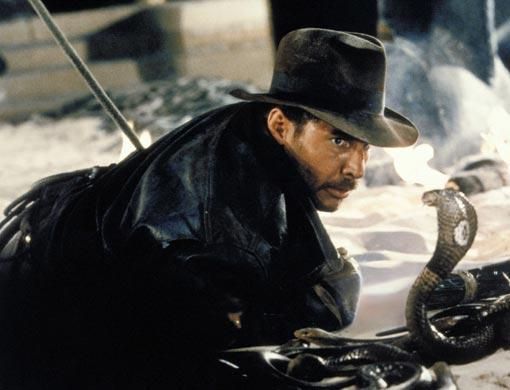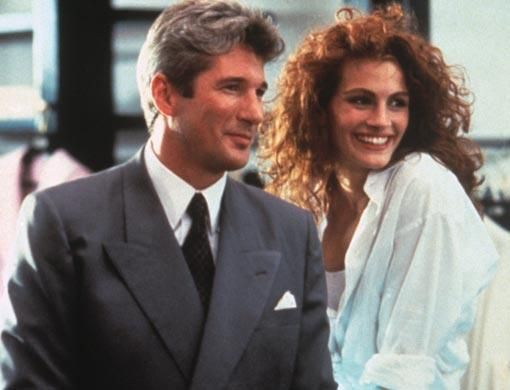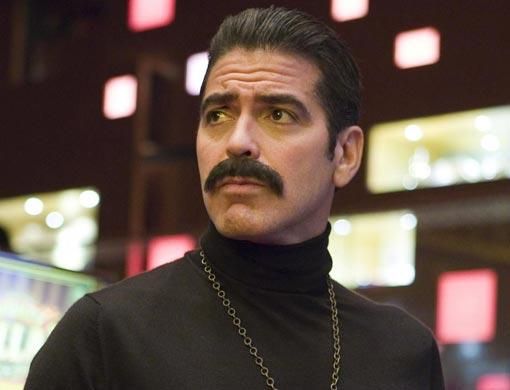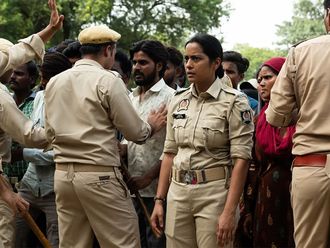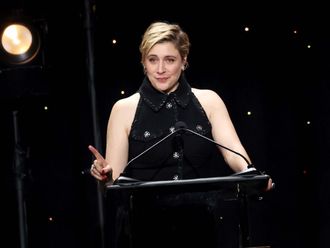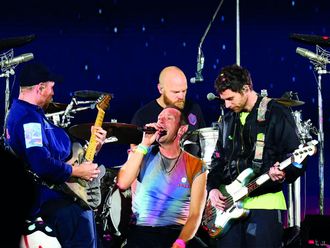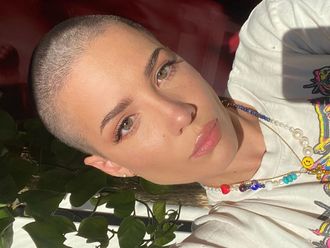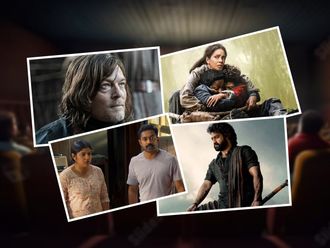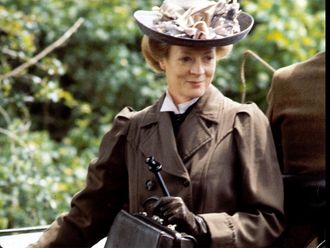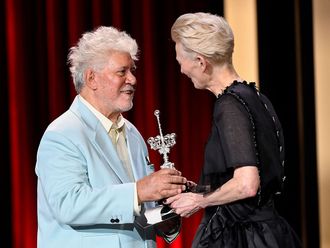1930s: The golden age of Hollywood
This decade was nostalgically labelled "The Golden Age of Hollywood" even though most of the output of the decade was black-and-white.
The '30s was also the decade of the sound and colour revolutions and the advance of the "talkies", and the further development of film genres including gangster films, musicals, newspaper-reporting films, historical biopics, social-realism films, light-hearted screwball comedies, Westerns and horror to name a few. It was the era in which the silent period ended and, by 1933, the economic effects of the Depression were being strongly felt, especially in decreased movie theatre attendance.
Trend
In the late 1930s, The Wizard of Oz (1939) and Gone with the Wind (1939), were expensively produced with Technicolor — a trend which would continue into the next decade. Special-effects processes were also vastly advanced by the late 1930s, making it possible for many films to be shot on set rather than on location. In 1937, the Disney-produced Snow White and the Seven Dwarfs (1937) was the first feature-length animated film premiered by Walt Disney Studios — becoming known for pioneering sophisticated animation.
As the 1930s began, there were a number of unique firsts including Greta Garbo's first words in Anna Christie, Jean Harlow's first appearance in Hell's Angels, curly-topped, dimpled child star Shirley Temple appeared in her first film, Baby Burlesks, and MGM star Spencer Tracy won consecutive Best Actor Oscars for his appearances in Captains Courageous and Boys Town — something which wouldn't happen again until Tom Hanks won back-to-back Oscars in the 1990s for Philadelphia (1993) and Forrest Gump (1994).
1940s: Oscar goes big
It was a decade in which the Oscars ceremony itself expanded. In 1943, the Awards ceremony moved from an intimate, insiders-only banquet at the Coconut Grove in the Ambassador Hotel to a massive public venue at Grauman's Chinese Theatre, with a seating capacity of 2,258 — with no dinner — just as Bette Davis had suggested two years earlier.
Still with no dinner, in 1946 the Academy Awards ceremony shifted to the massive Shrine Auditorium (6,700 seats) and, as a result, wasn't even close to being a sell-out. That year, anyone could get in for the price of a ticket and scores of leftover tickets were given to servicemen who were milling around outside. Although the Academy expressly required black tie, less than half of those attending came formally dressed. Sneered one Hollywood veteran: "That's what happens when you let in John Q. Public."
Tragedy
It wasn't meant to be for actress Carole Lombard who was killed in a plane crash less than a month before the Awards in 1941. Despite her mother's premonition of disaster, Lombard refused to take a train home to Los Angeles after a War Bond Rally tour.
Reputedly, she was in a rush after getting wind of an alleged affair between her husband, Clark Gable, and Lana Turner.
The following year, 1942, was particularly notable for the acceptance speech made by Greer Garson who won best actress for Mrs Miniver. Garson bored everyone for over an hour and her "I am practically unprepared" speech became a Hollywood legend.
1970s: A creative highpoint
The 1970s hit and it was time for the film industry to finally let its hair down and be free. Restrictions on language, adult content and sexuality, and violence had loosened up, and these elements became more widespread among filmmakers.
The hippie movement, civil rights movement, free love, growth of rock and roll, and changing gender roles also had an impact which resulted in a new breed of creativity throughout the industry. Although the 1970s opened with Hollywood experiencing a financial and artistic depression, the decade became a creative high point in the US film industry.
The counter-culture of the time had influenced Hollywood to be freer, to take more risks and to experiment with alternative, young film makers, as old Hollywood professionals and old-style moguls died out and a new generation of filmmakers arose.
Many of the audiences and movie-makers of the late '60s had seen a glimpse of new possibilities, new story-telling techniques and more meaningful "artistic" options.
Many of the influences came from various European "new wave" movements from foreign-language filmmakers mainly from France and Italy.
In 1976, Paramount became the first to authorise the release of its film library onto Betamax video cassettes. In 1977, 20th Century Fox followed suit and begin releasing its films on videotape.
Videotapes
The first films on videotape were released by the Magnetic Video Corporation which licensed 50 films for release from 20th Century Fox for $300,000 (Dh1.1 million) in October, 1977; it began to licence, market and distribute half-inch videotape cassettes (both Betamax and VHS) to consumers and was the first company to sell pre-recorded videos. M*A*S*H (1970) was Magnetic's most popular title.
1980s: big budget movies
Big budget movies were en vogue in the '80s as film reflected a booming Western economy. There was a serious side to the silver screen, demonstrated by Best Picture winners that included heavyweight productions including Gandhi (1983) and Terms of Endearment (1984).
Big names
Among the nominations were seminal works like The Elephant Man and Raging Bull (1981), but it wasn't all heavy-duty drama and the decade was notable for director Steven Spielberg's continued emergence with Raiders of the Lost Ark and E.T. earning him two nominations.
The big hair synonymous with the times was complemented by some big names in the '80s.
After picking up the Best Actor gong for Kramer vs. Kramer in 1980, Dustin Hoffman earned another nomination (Tootsie, 1983) and the top prize again for his outstanding depiction of the autistic Raymond in Rain Man (1988).
Standout winner
Robert De Niro landed his only Best Actor Academy Award to date for Raging Bull (1981) and standout winner in the Best Actress category was Jodie Foster for The Accused (1989).
In the "decade of greed", the biggest grossing film was E.T. (Dh 837 million), but it was the emergence of a new generation of "Brat Packers" that sent cash tills ringing.
They may not have broken through the Academy establishment, but the likes of Rob Lowe, Sean Penn, Emilio Estevez, Demi Moore and Michael J. Fox provided the gossip columns with plenty of material. Penn married pop star Madonna in 1985 in what proved a stormy relationship both with each other and the press.
1990s: triumph of the underdogs
The 1990s was a groundbreaking decade that triumphed the underdogs of the movie world.
Independent and international cinema achieved unprecedented success in an industry usually ruled by Hollywood bigwigs.
The large number of foreign films nominated meant that 1992 was dubbed the "year of the visa". 1996 was similarly dubbed the "year of the independents". Four of the five Best Picture nominees were from independent studios, including The English Patient, Fargo, Secrets and Lies and Shine.
Italian film Life is Beautiful swept the board in 1998 becoming the first ever foreign language film to receive seven Oscar nominations. It was the start of a popular trend for international cinema. Two years later, the Chinese movie, Crouching Tiger Hidden Dragon equally wowed the Oscar judges.
It was a good decade for Whoopi Goldberg, who in 1990 became the second black actress in history to win an Oscar for her role in Ghost — the first being Hattie McDaniel in 1939 for Gone with the Wind.
In the same year, Julia Roberts was nominated for Best Actress for her part in Pretty Woman. She stepped up to the position of Hollywood darling — a reign that lasted throughout the decade.
Powerful
Two outstanding performances by Jim Carrey were snubbed by the Academy on two consecutive years. In 1998 his electrifying performance in The Truman Show failed to get a nomination for Best Actor and in 1999 he was again ignored for his powerful portrayal of the late comic Andy Kaufman in Man on the Moon.
In 1990, Dances With Wolves became only the second western to win the Best Picture Oscar. However, some people argued that the film should never have been classified as a western.
Jane Campion became the second woman in Oscar history to be nominated for Best Director for The Piano in 1993.
2000s: Trend is broken
It was a decade recognised as the years that broke the trend of the sequels and "threequels". These included Spider-Man 3, Shrek the Third, Ocean's Thirteen, Resident Evil: Extinction, National Treasure: Book of Secrets, Harry Potter and the Order of the Phoenix, Aliens vs. Predator: Requiem and The Bourne Ultimatum, Pirates of the Caribbean: At World's End and Rush Hour 3.
But it is computer-generated full-length offerings which have really left their mark.
Building on developments from the 1990s, computers are used to create effects that would have previously been more expensive, from the subtle erasing of surrounding islands in Cast Away (leaving Tom Hanks's character stranded with no other land in sight) to the spectacular battle scenes such as those in Gladiator, The Lord of the Rings: The Two Towers and 300.
In addition, film genres not known for their popular appeal in North America became increasingly attractive to filmgoers and successful like films in foreign languages like Crouching Tiger, Hidden Dragon, The Passion of the Christ and Letters from Iwo Jima and documentary films like An Inconvenient Truth, March of the Penguins, and Fahrenheit 9/11.
Strong roles
The 2000s have seen host of strong roles for women that have deservedly attracted Academy Awards. Who could forget Julia Roberts in her role in Erin Brockovich for which she won Best Actress in 2000. Under the Oscar winning direction of Clint Eastwood, Hilary Swank was a knock out in Million Dollar Baby earning her the title of Best Actress in 2004. And Helen Mirren showed she was Hollywood royalty when she picked up the coveted award for her role in The Queen last year.


